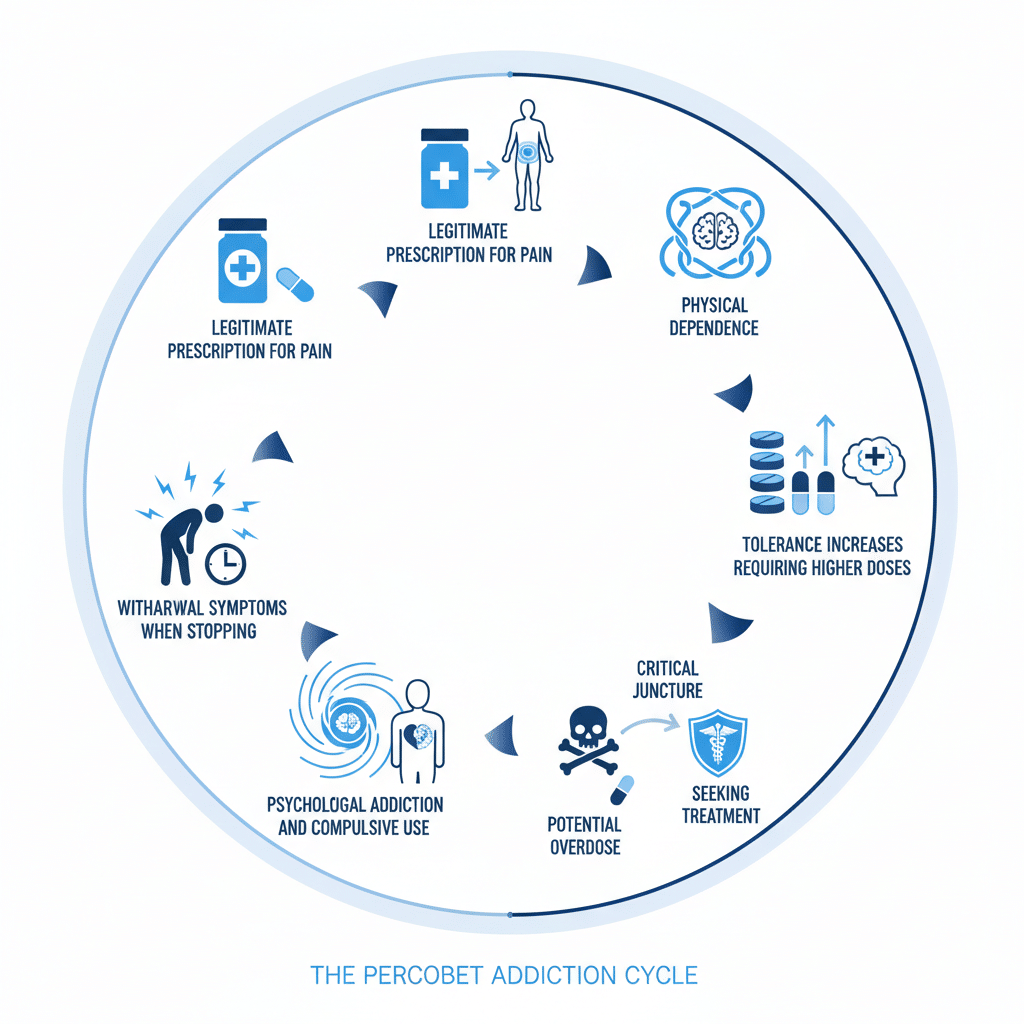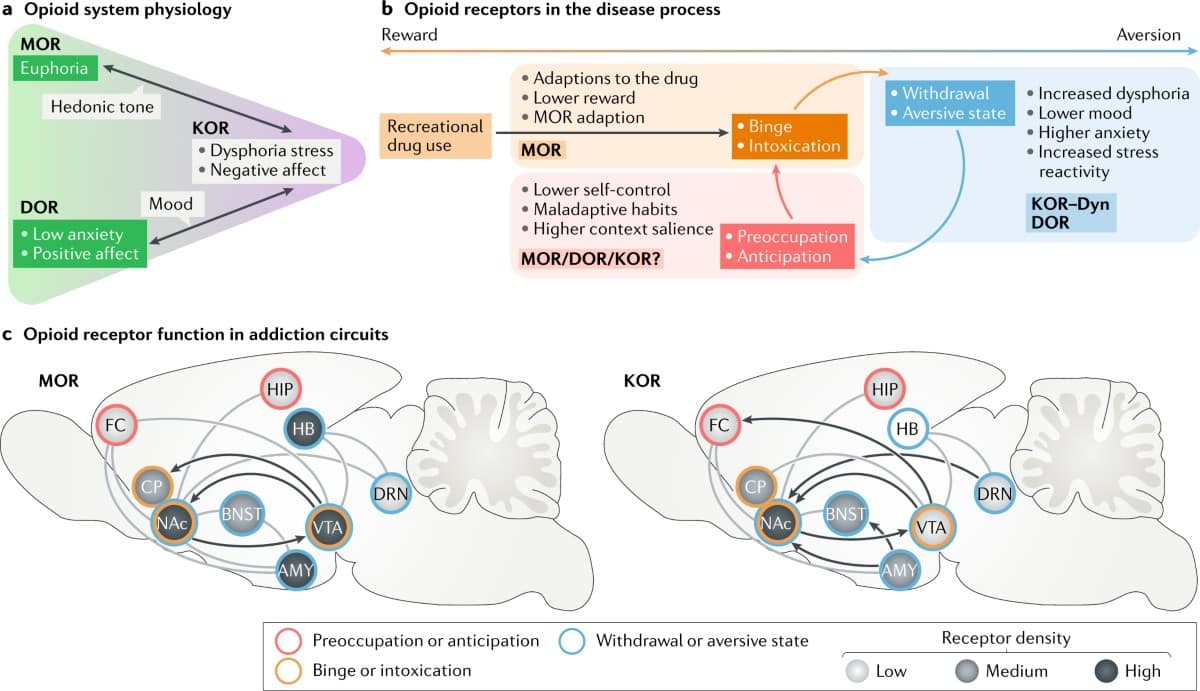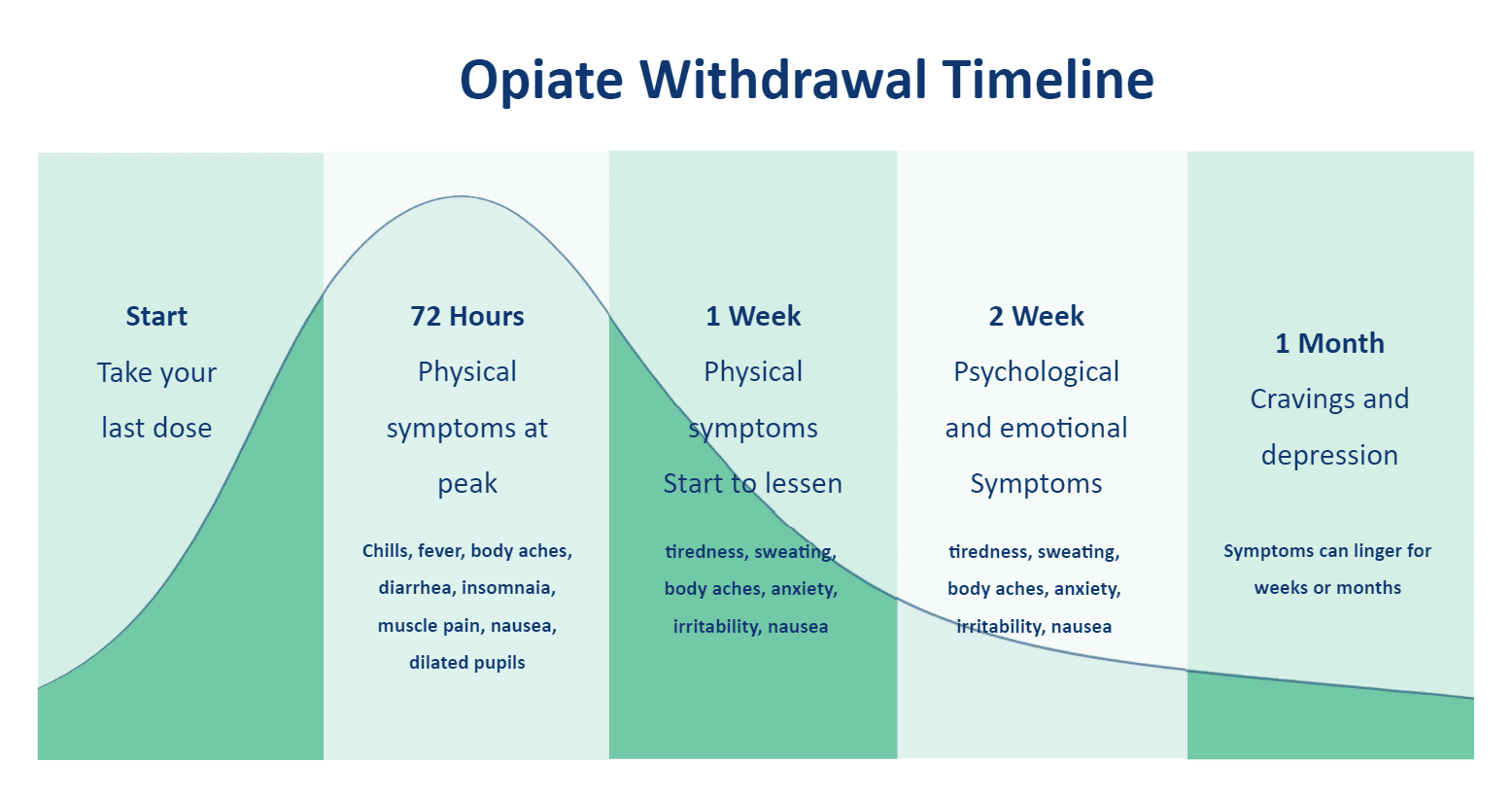Your Journey to a Healthier Life Starts Here
Free Insurance Verification
Verify Your Treatment Coverage
Verify Your Treatment Coverage
Nobody plans on addiction. Yet thousands who started taking Percocet for legitimate pain now face a battle they never saw coming. Percocet combines the powerful opioid oxycodone with acetaminophen, and its high potential for abuse makes it a Schedule II controlled substance. What begins as pain relief can spiral into physical dependence in as little as one week, even when taken as prescribed.
The numbers are sobering: millions of Americans misuse prescription opioids like Percocet each year, contributing to a devastating overdose crisis. The slide from pain control to dependence is subtle—taking an extra pill, worrying about running out—until stopping becomes physically and psychologically brutal.
Effective Percocet Addiction Treatment is a multi-stage process that includes medical detox, therapy in a residential or outpatient setting, medication-assisted treatment (MAT), and aftercare support. This guide provides a clear roadmap through that process, from recognizing the signs to building lasting recovery.
At Addiction Helpline America, we connect individuals with evidence-based treatment programs that address both physical dependence and the underlying causes of addiction. Our specialists are available 24/7 to provide confidential support and guide you toward the right options. The path to recovery starts with knowledge and ends with action.

When a doctor prescribes Percocet, the focus is on pain relief, not addiction. But understanding how this medication works is key to preventing dependence. Percocet combines oxycodone (an opioid) and acetaminophen (Tylenol) for moderate to severe pain. The opioid component makes it highly effective but also highly addictive.

Percocet hijacks the brain’s pain and pleasure systems. The oxycodone attaches to opioid receptors, blocking pain signals and triggering a flood of dopamine—the brain’s “feel-good” chemical. This creates euphoria that goes beyond pain relief, and the brain quickly learns to crave it. This dopamine surge is what makes Percocet so addictive, even when taken as prescribed. You can learn more about Oxycodone’s mechanism of action from the DEA.
Short-term effects can include drowsiness, confusion, and slowed breathing, while long-term use leads to more severe consequences. The body builds tolerance, requiring higher doses for the same effect. The acetaminophen component poses a serious risk of liver damage or even acute liver failure, especially at high doses or when mixed with alcohol. Chronic misuse can also cause cardiovascular problems, severe constipation, and respiratory issues. For more on this, see our resource on The Common Effects of Drug Addiction.
Addiction is a complex disease, not a choice. Certain factors increase a person’s vulnerability:
Mixing Percocet with other substances is incredibly dangerous and a leading cause of fatal overdoses.
If you or someone you know is mixing Percocet with other substances, seeking Percocet Addiction Treatment is urgent. The next time could be the last.
Physical dependence and addiction are not the same. Your body can become physically dependent on Percocet even when taking it as prescribed, meaning you’ll have withdrawal symptoms without it. Addiction, or Opioid Use Disorder (OUD), is a chronic disease that changes brain function and drives compulsive drug-seeking despite negative consequences. The shift can be subtle, but loved ones often notice behavioral changes first. Our article on the Behavior Common Drug Addicts offers more insight.


Take the first step towards a healthier life! Call now to connect with our compassionate team and start your recovery journey today. Your path to healing awaits!
Our recovery specialists are available 24/7 to provide support, and all calls are confidential and free. Reach out anytime – we’re here to help!
When the need for Percocet Addiction Treatment arises, signs appear across a person’s life. Look for a pattern of these warning signs:
A Percocet overdose is a life-threatening emergency. The primary danger is respiratory depression, where breathing slows or stops, cutting off oxygen to the brain. Opioids are a major driver of the opioid overdose crisis, making it vital to recognize the signs.
Overdose Symptoms to Watch For:
If you suspect an overdose, act immediately:
Knowing these signs and steps can save a life. If you see them, it’s time to seek Percocet Addiction Treatment. Addiction Helpline America is available 24/7 to connect you with help.
When you take Percocet regularly, your body adapts and learns to function with the drug. Withdrawal is the body’s protest when the drug is removed. It’s a difficult but temporary chemical recalibration. Quitting “cold turkey” is rarely safe or successful, as the intense discomfort often leads to relapse. This is why medically supervised detox is a critical first step in Percocet Addiction Treatment, providing safety and support. For more details, see this overview of Opiate and opioid withdrawal information.
The withdrawal timeline varies, but a general pattern exists. The process is often compared to a severe case of the flu.

Medication-Assisted Treatment (MAT) makes detox safer and more comfortable. These are not a substitute addiction but medical tools that stabilize brain chemistry. Research shows Medication-assisted therapies are vital.
Post-Acute Withdrawal Syndrome (PAWS) refers to psychological and emotional symptoms that can linger for months after physical withdrawal ends. These include mood swings, anxiety, depression, intense cravings, sleep disturbances, and cognitive fog. PAWS is a normal part of the brain’s healing process and a significant relapse risk. Coping requires patience, ongoing therapy, support groups, and a healthy lifestyle. Understanding that PAWS is part of recovery, not a sign of failure, is key to navigating this phase.
Percocet Addiction Treatment works. Recovery is not just possible—it happens every day. Quitting alone is incredibly difficult, but professional treatment provides medical safety, expert psychological guidance, and a supportive community. Treatment helps you understand the root causes of your addiction, whether it’s trauma, mental health conditions, or stress, and teaches you practical skills for managing cravings.
Every treatment plan should be customized to your unique situation. Choosing the Right Rehab Facility is a critical step, and our team at Addiction Helpline America can help you steer these choices.
Addiction treatment is a continuum of care, allowing you to move between levels as your needs change.

Therapy addresses the psychological side of addiction, which is where lasting recovery is built.
Completing a program is the beginning, not the end. A strong aftercare plan is essential for maintaining sobriety. Our guide on Aftercare and Relapse Prevention explores these strategies in depth.
Key components include:
Relapse is not a failure but a sign that your recovery plan needs adjustment. Recovery is about building a life you don’t want to escape from, and with the right support, that future is within reach.
When facing Percocet addiction, you need straight answers. Here are the questions we hear most often at Addiction Helpline America.
Yes, absolutely. A prescription does not protect you from addiction. The oxycodone in Percocet is a powerful opioid that chemically alters your brain, regardless of whether the use is legitimate. Physical dependence can develop in as little as one week, even when taking the medication exactly as prescribed. Your brain’s reward system adapts, leading to withdrawal symptoms and cravings that can drive compulsive use long after the original pain is gone.
It varies, but there’s a general timeline. The acute physical withdrawal phase typically lasts 4 to 10 days, with symptoms peaking around the 72-hour mark. This phase feels like a severe flu with intense body aches, nausea, and anxiety. However, Post-Acute Withdrawal Syndrome (PAWS) can persist for weeks or months. These lingering psychological symptoms include mood swings, depression, anxiety, and sudden cravings as your brain continues to heal. This is why ongoing support in Percocet Addiction Treatment is so important.
Your support can make a huge difference. Here are key steps to take:
You cannot force someone into recovery, but you can be ready with resources and support when they are ready to accept help.
If you’re reading this, you’re considering change. That takes courage. We want you to know that recovery from Percocet addiction is absolutely achievable. The journey may feel daunting, but you don’t have to walk it alone. Professional help is crucial for your safety and long-term success.
That’s where we come in.
At Addiction Helpline America, we provide free, confidential guidance to help you find the right path to recovery. Our team of addiction specialists understands the landscape of Percocet Addiction Treatment and can connect you with a personalized program from our trusted network of centers nationwide.
We take the time to understand your unique situation—your insurance, your needs, and your goals—to find the best fit. We handle the research so you can focus on the most important decision: choosing recovery.
Your story doesn’t have to end with Percocet. A healthier, happier life is possible. Reach out to us 24/7 by phone or through our website. The moment you decide to seek help is the moment that matters most.
Find addiction treatment options now
Your journey begins with a single step. Let us walk alongside you
Are you or a loved one struggling with addiction? Call today to speak to a treatment expert.
Calls to any general helpline will be answered or returned by one of the treatment providers listed, each of which is a paid advertiser:
Our helpline is available 24 hours a day, 7 days a week at no cost to you and with no obligation for you to enter into treatment. We are committed to providing support and guidance whenever you need it.
In some cases, Addiction Helpline America charges our verified partner a modest cost per call. This fee helps us cover the costs of building and maintaining our website, ensuring that we can continue to offer this valuable service to those in need.
Calls to the general helpline will be answered or returned by one of the listed treatment providers, all of whom are paid advertisers.
By using the helpline, you agree to the terms of use. We do not earn any commission or fee based on the treatment provider selected by the caller, and there is no obligation to pursue treatment.
This service is not affiliated with Alcoholics Anonymous World Services, Inc.